Phishing attacks remain one of the most common ways cybercriminals breach organizations. Every day, millions of fake emails try to trick people into clicking links, downloading attachments, or sharing credentials. Recognizing these messages early can prevent data theft, ransomware, and reputational damage.
If you’ve ever received an email that made you pause and think “something feels off…” — trust that instinct. That tiny gut feeling might be what saves your company from a cyberattack. Phishing is no longer about clumsy “Nigerian prince” scams. Modern phishing emails look legitimate, use corporate logos, and even imitate your boss or IT department. That’s why awareness is your strongest defense.

What Exactly Is a Phishing Email?
A phishing email is a fake message designed to trick you into doing something unsafe — usually clicking a malicious link, downloading a harmful file, or entering your credentials on a fake site.
Attackers pretend to be trusted senders — your bank, your HR department, or even your CEO. They use emotional hooks like urgency or fear: “Your account will be locked in 24 hours……Invoice attached — please review immediately.”
Why It Matters?
Phishing isn’t just an IT problem — it’s a people problem.
According to Verizon’s 2024 Data Breach Report, over 90% of cyber incidents begin with a phishing email. When one person clicks, attackers can move laterally through your organization, steal data, or deploy ransomware. That’s why recognizing these emails is every employee’s responsibility — not just the IT team’s.
5 Simple Ways to Spot a Phishing Email
Let me tell 5 simple steps to spot a phishing mail –
1. Check the sender’s email address carefully
A single extra letter or number can mean it’s fake — [email protected] isn’t Microsoft. Hover over the address or tap it to see the full domain.
2. Watch for urgent or threatening language
“Immediate action required!” or “Your access will be revoked!” — urgency is the scammer’s best friend. Legit organizations rarely use scare tactics.
3. Hover over links before you click
The displayed text might say “www.paypal.com,” but the actual link could lead somewhere else entirely. If you’re unsure — don’t click. Go directly to the official website instead.
4. Be careful with attachments
Unsolicited attachments, especially .zip or .exe files, can contain malware.
Even a PDF can be dangerous if it’s designed to exploit a vulnerability.
5. Look for small inconsistencies
Mismatched logos, odd formatting, strange grammar — these subtle clues often expose a fake email.
How to Report a Suspicious Email
Recognizing a phishing attempt is step one. Step two is just as important — reporting it. Here’s what you should do the moment you suspect an email is fake :
- Don’t click anything : Don’t open links, download attachments, or reply.
- Use your company’s reporting option : In Microsoft Outlook → Click “Report Phishing.” , In Gmail → Click “More (⋮)” → “Report Phishing.” , Or forward it to your security team (e.g.,
[email protected]).
- Delete it from your inbox and trash : This keeps you and others safe from accidental clicks later.
Reporting suspicious emails helps your IT team block similar attacks for everyone — it’s a small action with a big impact.
How Organizations Can Encourage Reporting
If you’re managing a team, create a culture where employees feel safe reporting suspicious emails — even if they clicked accidentally.
Here’s what works:
- Run monthly phishing simulations to build real-world awareness.
- Use banners for external emails (“This message came from outside your organization”).
- Reward awareness, not punishment Congratulate employees who report phishing attempts — positive reinforcement goes a long way.
Helpful Tools & Resources
Here are a few trusted sources you can share with your team:
- Google Phishing Quiz — test your skills interactively.
- CISA Phishing Awareness — official U.S. cybersecurity guidance. Here you can study in detal about the the phishing.
Final Thoughts
Here’s a quick recap of this whole blog, these 3 steps will help you identify and protect you from phishing:
- Phishing emails mimic trusted senders to trick you into sharing data.
- Always check the sender, tone, and links before clicking.
- Report suspicious messages immediately — you might save your team from an attack.
Cybersecurity doesn’t depend only on firewalls or antivirus tools — it depends on you.
When you take a second to think before you click, you protect not just your inbox, but your entire organization.
Stay alert, stay secure —
Team eSHIELD IT SOLUTION.


